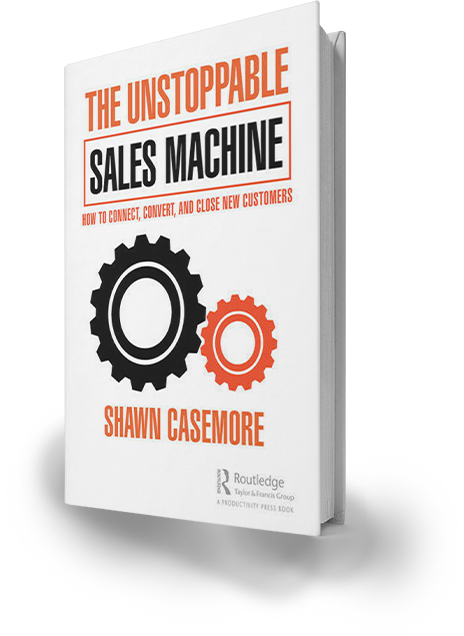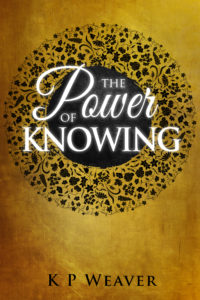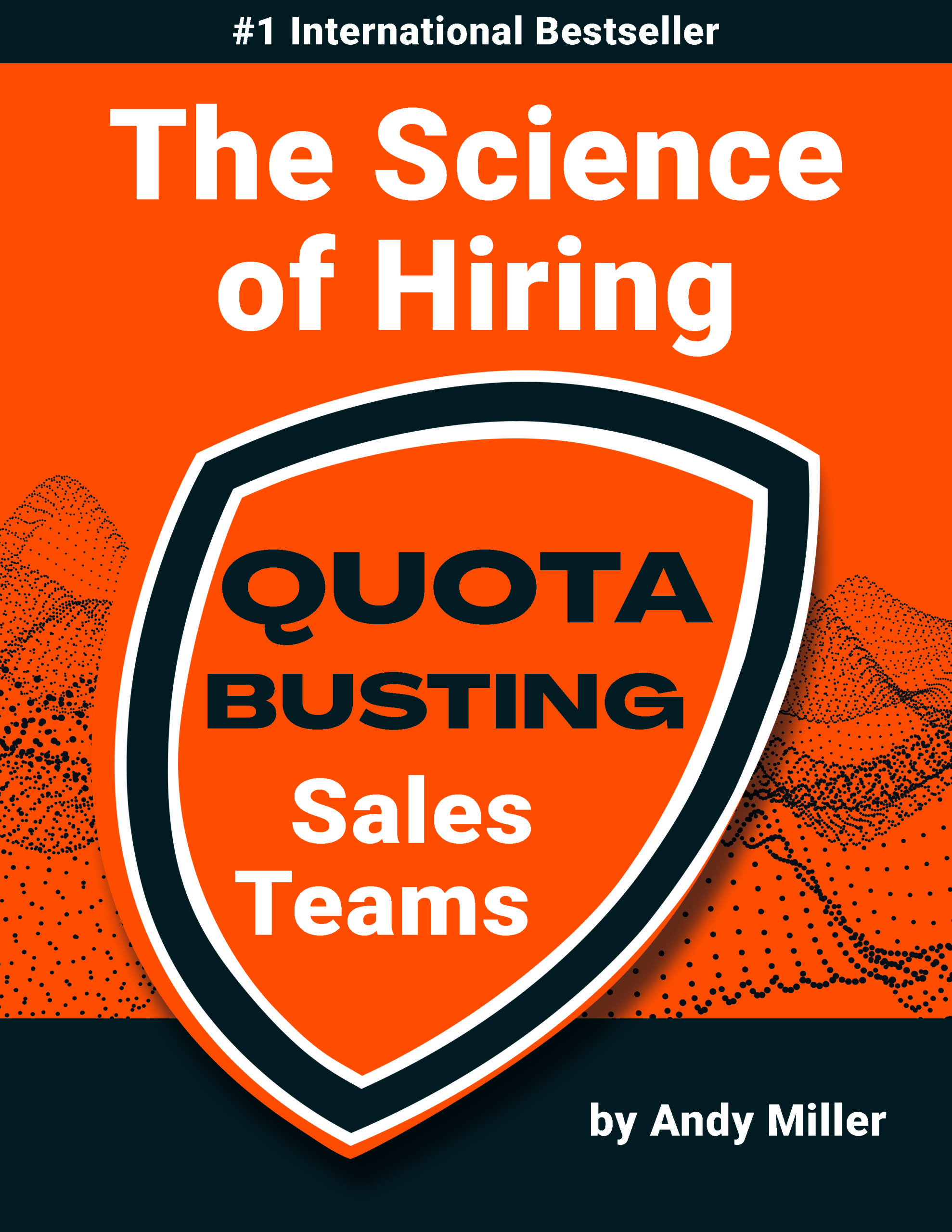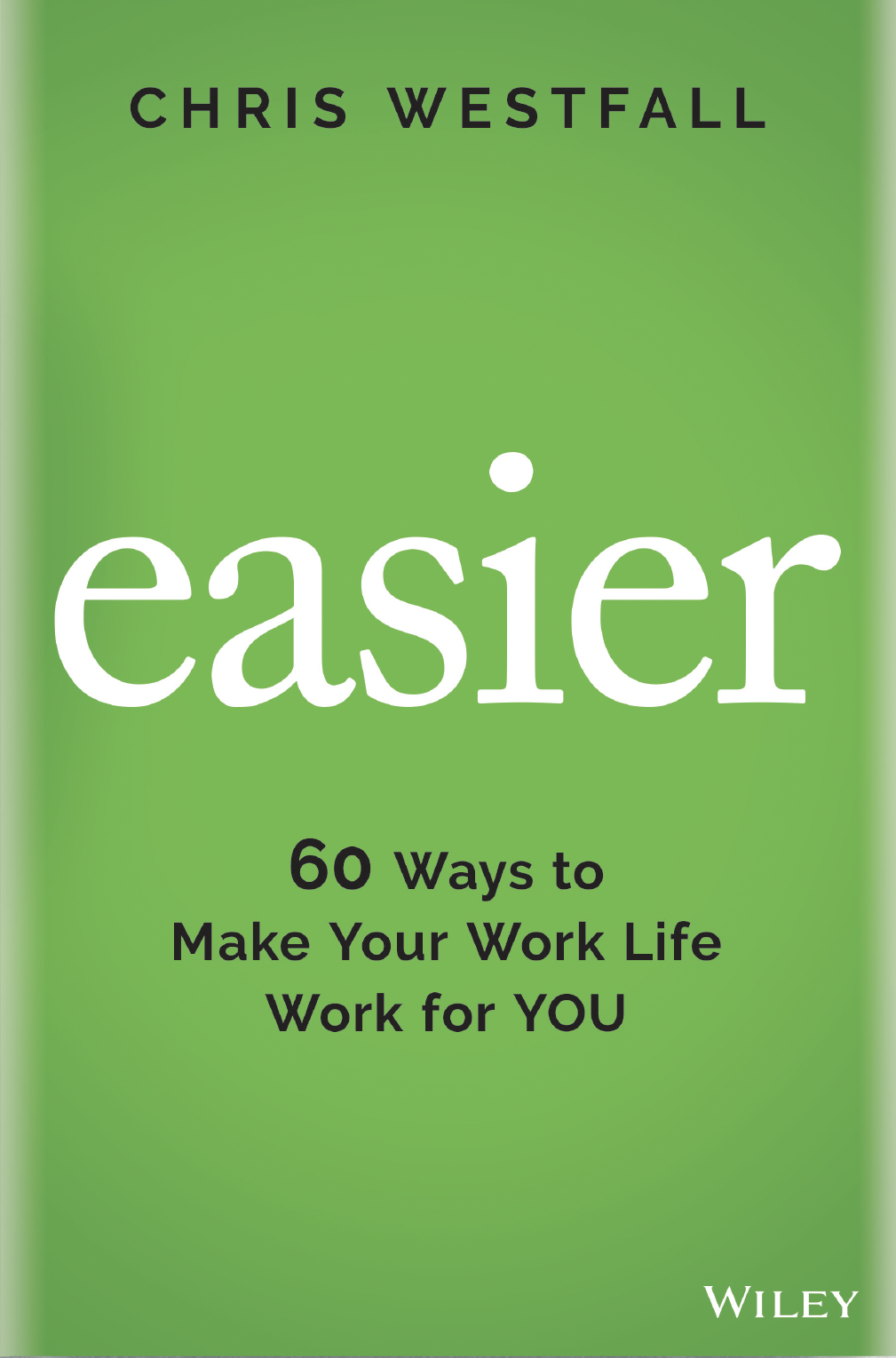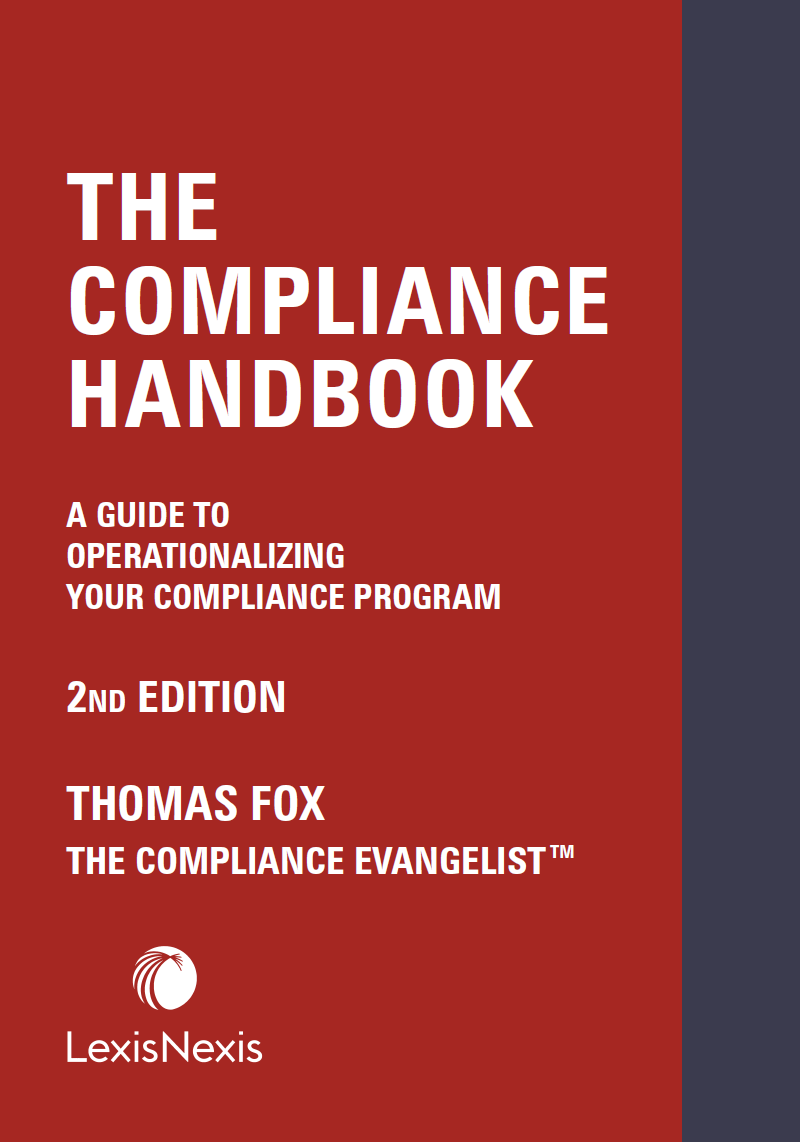Coming Alive
Ruth Ross
Coming Alive: The Journey To Reengage Your Life And Career by Ruth Ross is the prescription for anyone who has ever personally felt the pain of knowing they weren’t fully engaged at work or at home (or both), has an important person in his or her life experiencing this or perhaps manages a team that is struggling with disengagement. If so, then this book will act as your roadmap to implement the necessary steps to walk toward something better by being thoughtful, strategic and intentional. At work or at home, disengagement is a pervasive quandary that requires a commitment to turning things around. Coming Alive will take you on a journey to understand the power of passion and commitment, pinpoint the underlying causes, recognize the symptoms and most importantly, learn an easy-to-use treatment plan for reengagement.


Before an artist takes out a canvas and selects the material they will need to create their masterpiece, they usually have a vision in their head of what they want to paint. The first thing the artist does is set up the easel upon which the canvas will rest. If even one leg of the easel is of unequal height, or not standing firm and steady, the creation process can’t commence. The canvas will fall and paint will splatter everywhere.
The process of engagement is similar. Without full participation from all three legs (aka parties) of the easel, the ‘work’ will often end in disaster. To ensure that your work/life canvas is on solid footing, everyone must be an active and willing participant in creating the masterpiece. That doesn’t mean all three parties have the same role; in fact they each have distinctly different ones. It’s how the collective work comes together that results in arriving at the mecca of high engagement.
Businesses must have these three equal legs to stand on when creating and executing their vision. That was the cornerstone for most of my career: two legs of the easel were immediately delegated to the roles of manager and employee. The third leg was assigned to the human resources department, which many see as the link between the manager and the employee. Traditionally, HR took the lead in ensuring that they handled employee engagement on behalf of the CEO and their senior leadership team. While this was going on, the executives stayed stationary in the picture frame (usually behind closed doors in their top-floor offices) letting the artists do the painting for them.
In old school thinking, human resources professionals were quick to take ownership for engagement, falsely believing that it would give them a high degree of credibility if they lifted the burden from their already overworked managers. In truth, all they did was give the managers permission to pass on the responsibility for the critical role of engaging their people. In today’s new normal business environment, the C-suite must come out of the frame, take control of that third leg of the easel from HR and paint themselves directly into the picture.
It’s not that HR doesn’t have a role in engagement; it just needs to be a different one. They should be focusing on partnering with the C-suite to make sure that the organization has a strong strategy and plan for engagement as well as provide the necessary tools and resources for managers and employees to take charge of this critical business imperative.
The world of work has changed and the future of the workplace looks quite different from that of prior generations. When we were all kids, the sky was the limit when it came to our career aspirations. Each and every day, parents indulged the fantasies of their children who felt they were destined to become firemen, police officers, nurses, cowboys, ballerinas, the next great entrepreneur, or even President of The United States of America. Many people dreamed of becoming the boss of a publicly traded company or their own startup. Realistically though, few believed that it would actually happen.
But I have some exciting news for you. You don’t need to be the boss to change the world. What if I told you that as of today you are being promoted? And I am not talking about a small step up the ladder either. Effective immediately, you are now a CEO. Sounds exciting, right? Your first response may be to question my sanity. The truth is, I’m not talking about becoming a Chief Executive Officer. Who would want that stress and pressure? I’m talking about promoting you to become a Chief Engagement Officer. This is a career goal that everyone must aspire to if we are to reverse the trend toward disengagement in today’s society.
Engagement doesn’t happen without ownership and hard work. It can’t just fall on the shoulders of one person, but rather requires equal but different contributions from senior leaders, managers and employees alike. That’s how to create the magic of an engaged and committed workforce. Thus chief engagement officers provide an undeniable boost to morale and the ability for the entire workforce to reconnect and reengage in a more meaningful manner of doing business. It’s time for all us to step up and take ownership for engagement.

Ruth Ross spent 30 years as a senior human resources leader at top Fortune 100 companies in both San Francisco and New York, including her last ten years in Corporate America as an Executive Vice President of HR at Wells Fargo Bank, from which she retired in 2011 to start her own company focusing on the critical business imperative of employee engagement. Prior to joining Wells, Ruth held executive roles in HR at Charles Schwab, Estee Lauder, American Express, and Citibank. Ruth is a sought after speaker and writer on the topic of engagement and in September she was invited to speak about her book as part of the prestigious ‘author talks at Google’ series. She is a frequently requested speaker at corporations and conferences.





